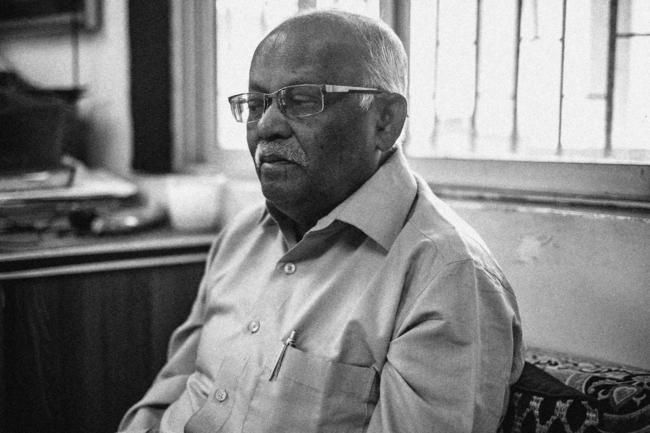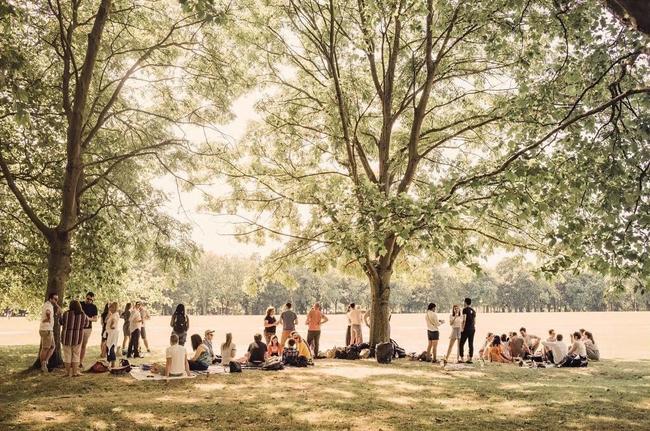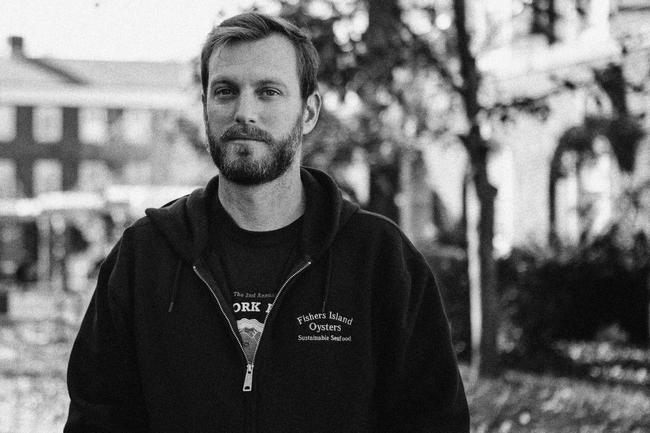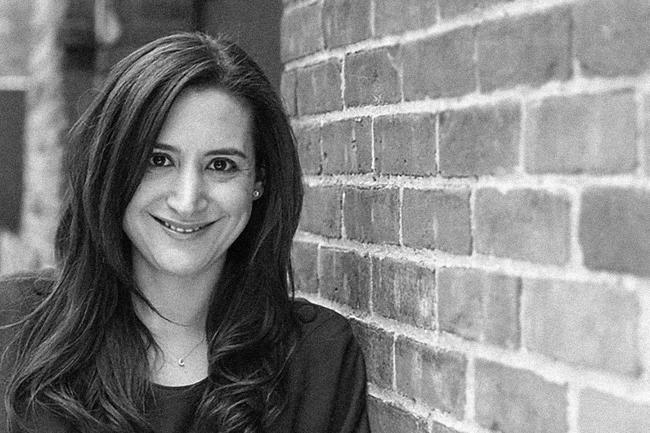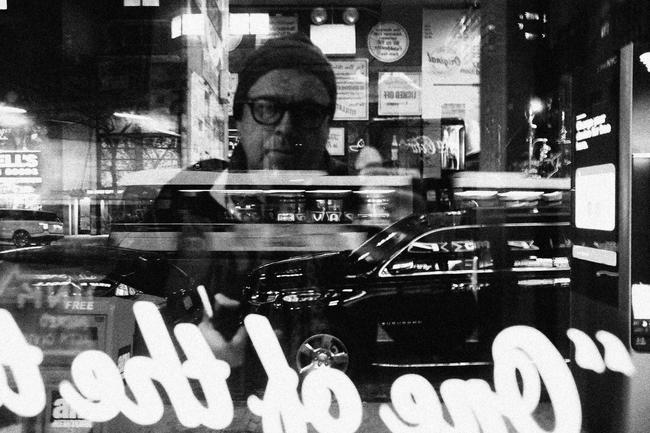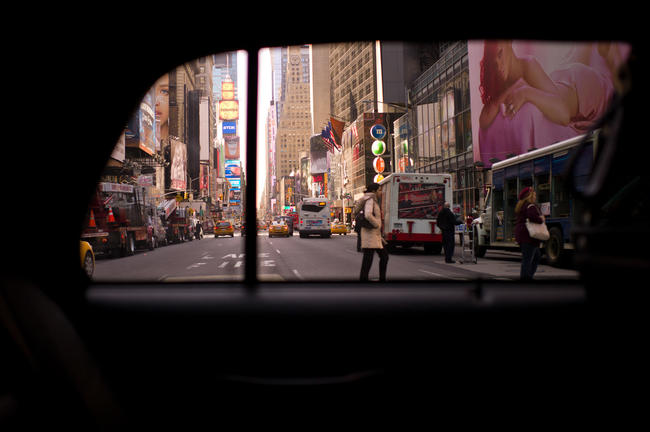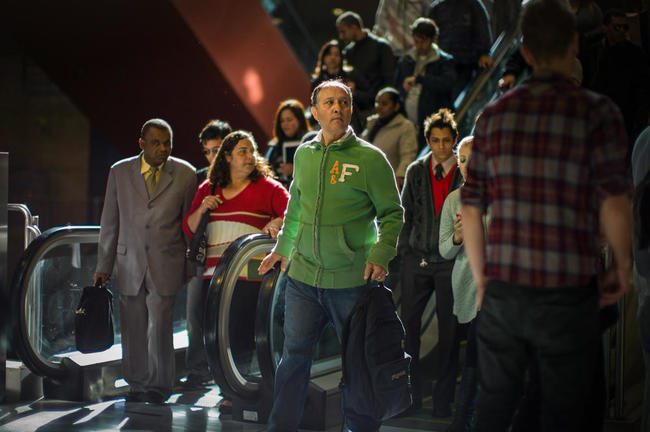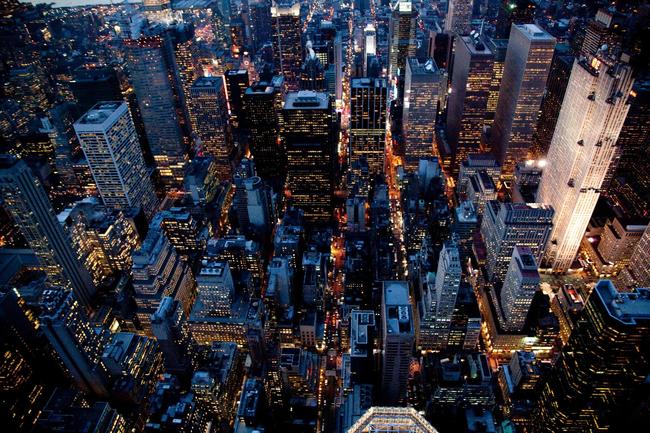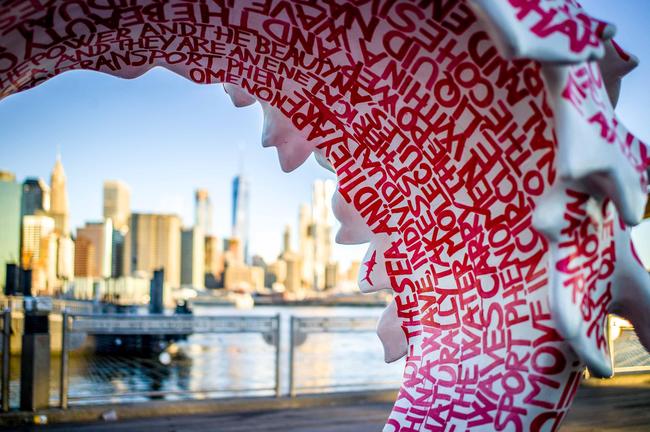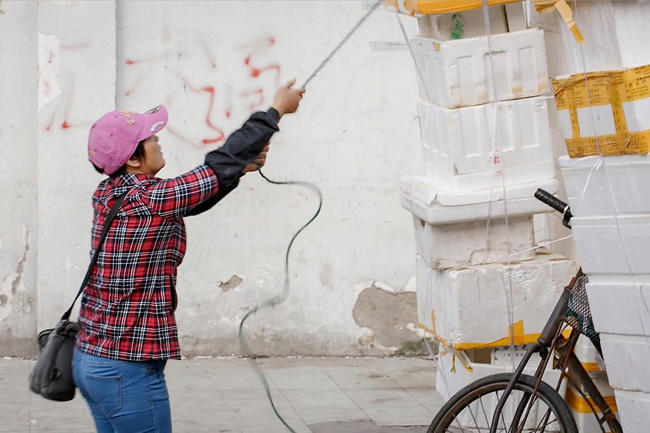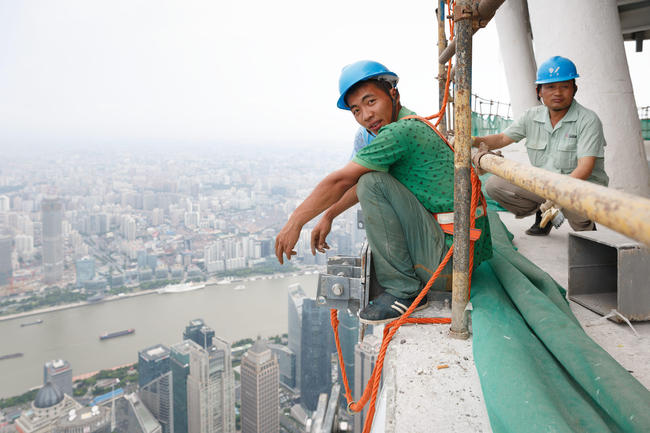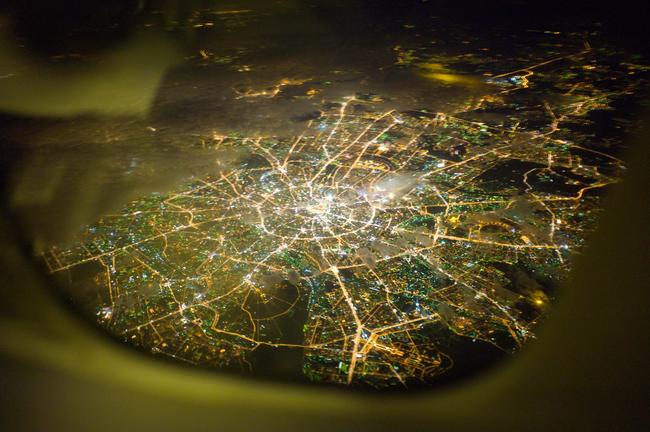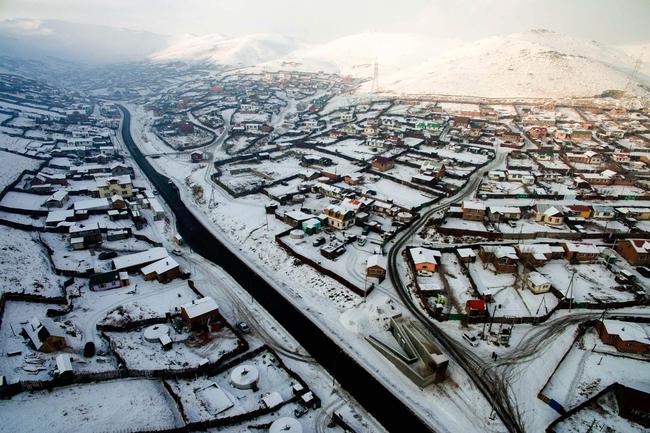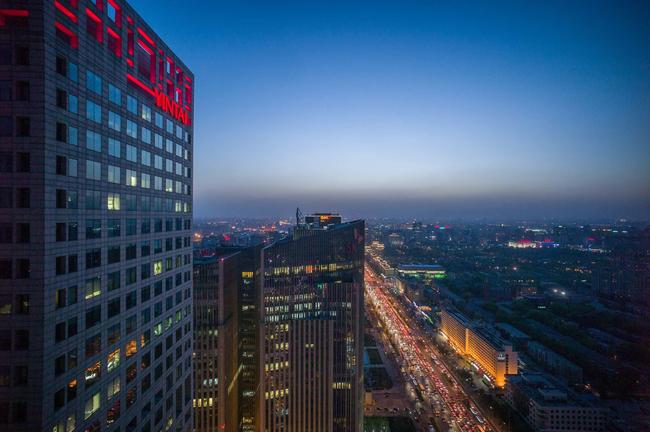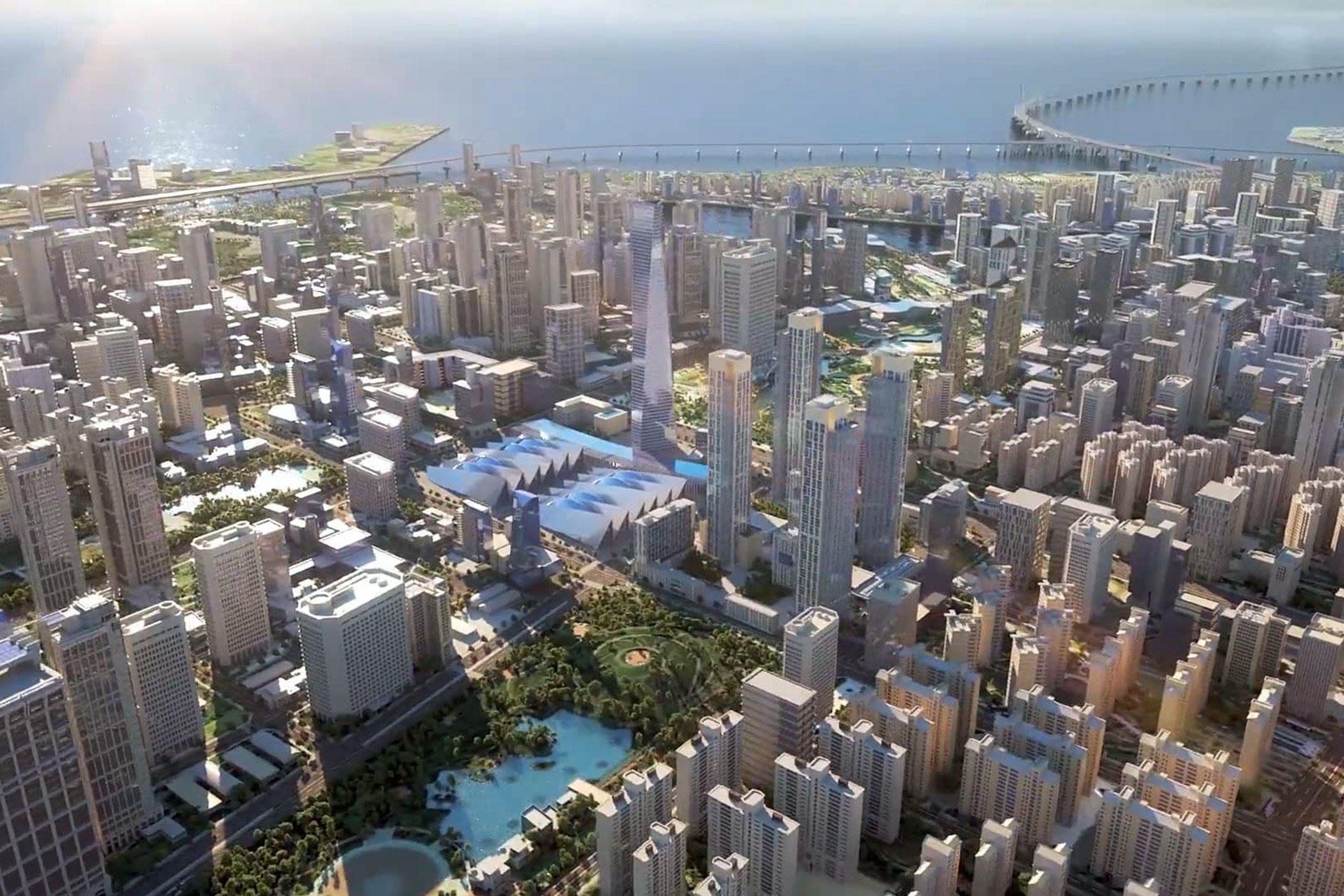
Is future urbanisation good or bad? Filmmaker Oscar Boyson explores the city of tomorrow
At Tea & Water, cities are a big topic for us: making them more sustainable and liveable is an endless and Herculean task, and something that we enjoy being part of. So when we came across The Future of Cities, by filmmaker Oscar Boyson, we immediately wanted to share it.
In the film, Oscar travels to cities around the world, connecting to many people within them, in a search for the city of tomorrow. His mission is really about exploring the fundamental question of whether future urbanisation will be a good or bad thing. Oscar believes that if you care about people, this is the ‘defining question of our time’.
He considers what an even more connected urban future could look like and shows examples of different innovations in cities.
In the race to build sustainable, functioning and smart cities, Oscar offers some insight into what should be top of the list.
He speaks of the need for more options for getting people mobilised – such as turning highways into paths for people. In places like Singapore and Germany they are even building cities with no cars. And in Shenzhen, China, giant highways were the original vision but it’s now about hiding cars in tunnels, and the positive effects on the space above ground.
Oscar also talks of the notion of ‘homegrown’ and re-imagining challenges as opportunities to innovate. It might be the floating schools in Lagos, Nigeria, for areas prone to flooding or turning water bottles into light bulbs in Manila, Philippines. Then there’s the fog catcher in Lima, Peru, that can trap up to 500 litres of water a day, and the rare example of a neighbourhood solving its own housing needs in Mumbai with self built homes.
The film also champions citizen-driven change or the ‘bottom up’ approach – as in Copenhagen, where a power plant that turns waste into energy is also a ski slope.
It’s about considering who we are making these cities for and listening to the people living in them, says Oscar: people-centred, locally relevant urban planning, which is more about culture and context and less about shiny, showy architecture.
And it’s about sharing learning globally, so that best practices from sustainable organisations really do make their way around the world.

